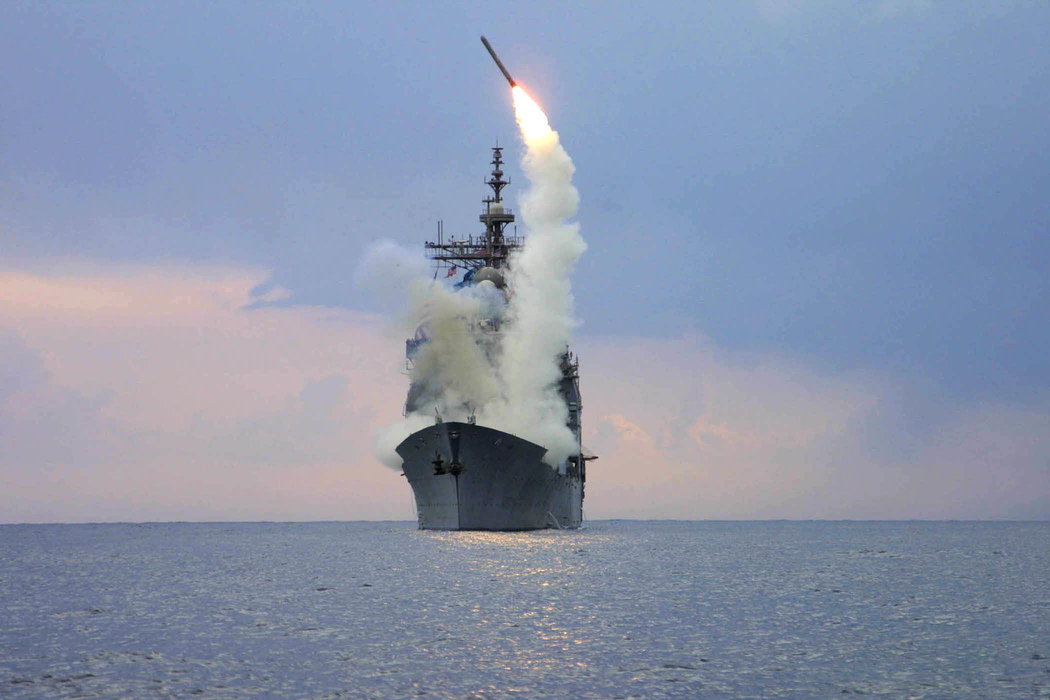This post is also available in:
 עברית (Hebrew)
עברית (Hebrew)
By ARIE EGOZI
At least 59 cruise missiles hit the Syrian airbase from where the US intelligence believes a deadly chemical weapons attack was launched on Syrian civilians.
Due to the Russian presence in Syria, the Tomahawks will be used again if needed, without any doubt.
US officials say 59 missiles were fired from the USS Porter and USS Ross warships which were positioned in the Mediterranean Sea.
The Tomahawk cruise missile is designed for critical long-range, precision strike missions against high-value targets.
The Tomahawks are a key weapon in the US military and the fact that they are highly accurate allows a massive strike with none or minimal collateral damage.
The intermediate-range cruise missiles have a range of about 800 miles to 1500 miles and are equipped with a 1000-pound conventional warhead.
They are fired from sea and travel relatively low to the ground to avoid radar detection.
Guided by an advanced navigation system, they can be steered to their targets from afar.
The missiles were first used with great effect against the Iraqi despot Saddam Hussein in the 1990 Operation Desert Storm mission. They have been in operation ever since. Each Tomahawk missile costs about $840.000.
One famous attack by cruise missiles is the one codenamed Infinite Reach. It was a strike against al-Qaeda bases in Khost, Afghanistan, and the Al-Shifa pharmaceutical factory in Khartoum, Sudan, on August 20, 1998. The attacks, launched by the U.S. Navy, were ordered by President Bill Clinton in retaliation for al-Qaeda’s August 7 bombings of American embassies in Kenya and Tanzania, which killed 224 people (including 12 Americans) and injured over 4,000 others. Operation Infinite Reach was the first time the U.S. acknowledged a preemptive strike against a violent non-state actor.


























